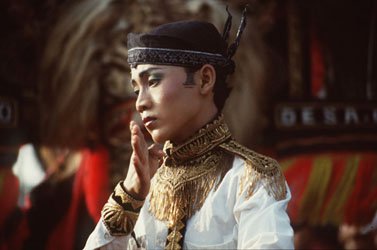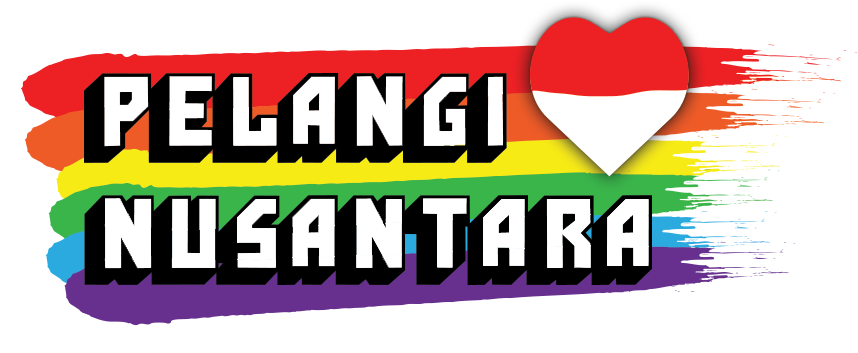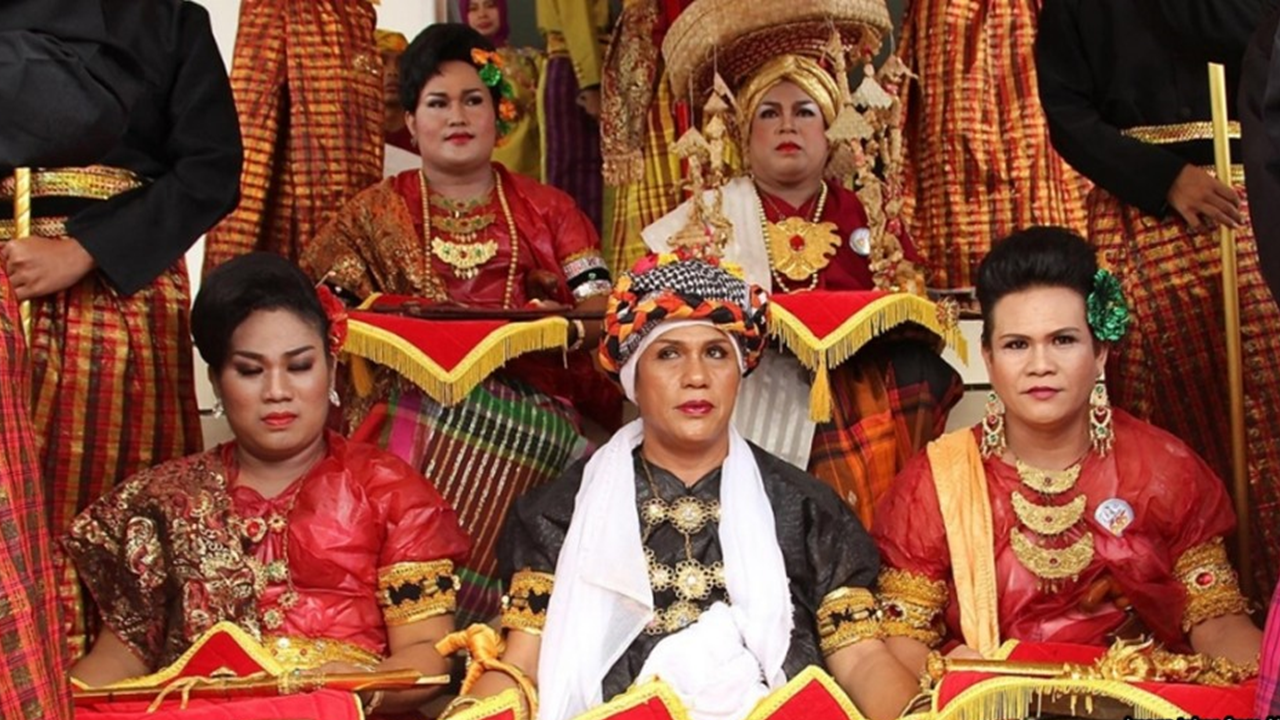INDONESIAN PERCEPTIONS ABOUT THE LGBTQ+ COMMUNITY
In Indonesia, LGBTQ+ individuals and activists have long faced fierce opposition from politicians, government officials and state offices, who publicly called for the criminalization and rehabilitation of homosexuals. From the caning of gay men in Aceh due to Shariah Law, the increase in raids on nightlife spots, hotels, spas and even private residences to the consideration of criminalizing consensual same-sex practices through national legislation, there has been an incessant crackdown against the Indonesian LGBTQ+ community.
A stronger push for greater censorship towards LGBTQ+ related information has made discussion and advocacy on LGBTQ+ matters a taboo topic in Indonesia, fueling further misconceptions towards the community. Due to this harsh treatment against the LGBTQ+ community, many LGBTQ+ Indonesians have been forced to flee their homeland or continue to lead closeted lives to escape persecution.
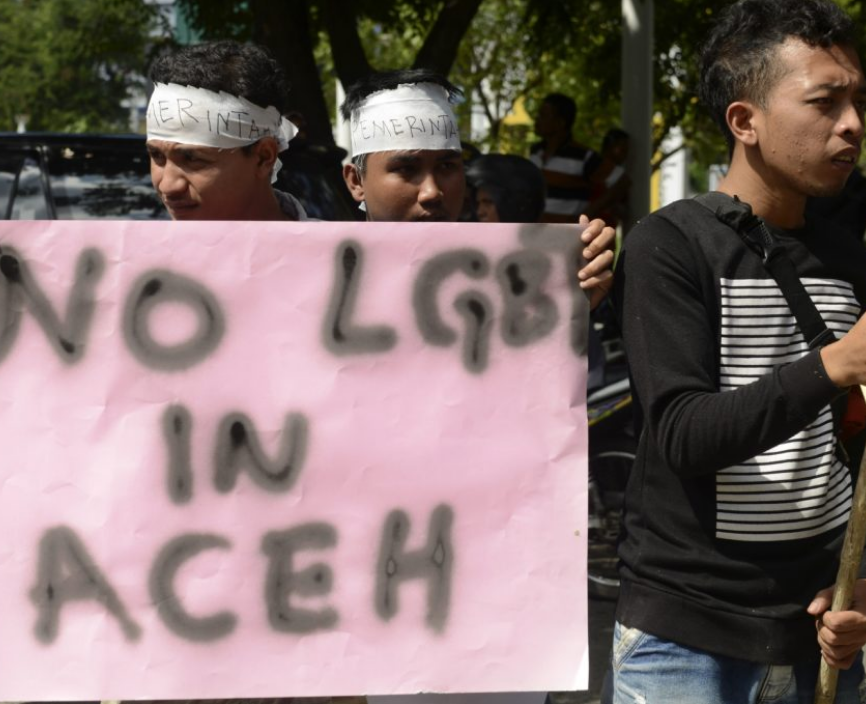
INDONESIAN GENDER HISTORY
Indonesia has a long history of gender and sexual diversity. The fluidity of genders has been recognized by the Bugis people of South Sulawesi since the pre-Islamic era – man (oroane), woman (makkunrai), anatomically males who adhere to expectations of females (calabai), anatomically females who take on male roles (calalai) and priests or mediums thought to have a combination of all genders (bissu).
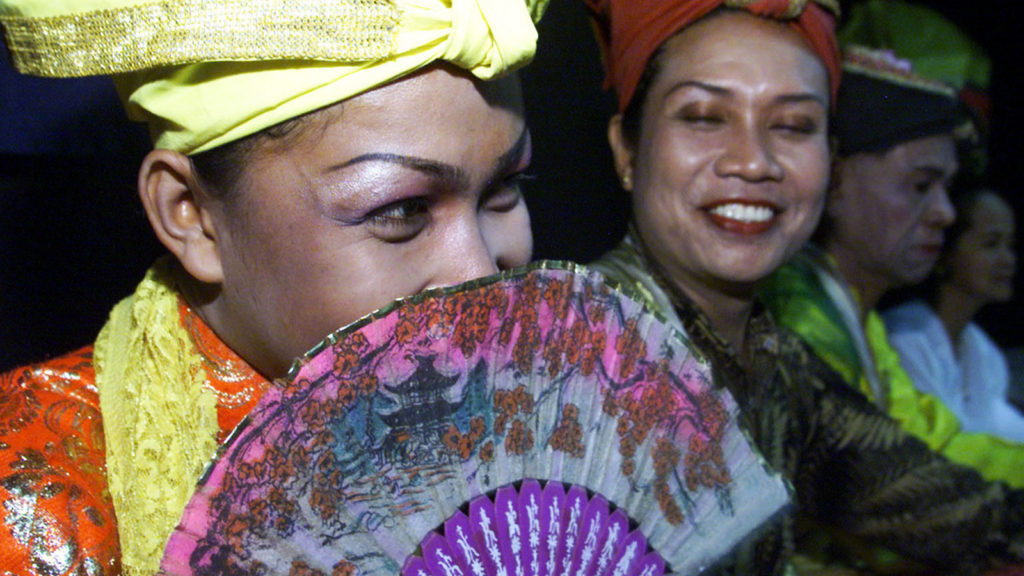
Homosexual relations have been observed in certain cultures in Indonesia, such as “ritualized homosexuality” practiced by some tribes in the southern Papua province as a rite of passage to adulthood and the warok (respected older male dancers who play the dominant main character in a traditional dance called Reog Ponogoro)– gemblakan (younger male dancers) relationships of the East Javanese people. Effeminate lengger lanang male dancers and their performance of female roles are also somewhat reminiscent of transsexuals and cross-dressing behavior. These examples show how, contrary to popular belief, LGBTQ+ individuals are not products of Western influence and are steeped in Indonesia’s traditional culture.
